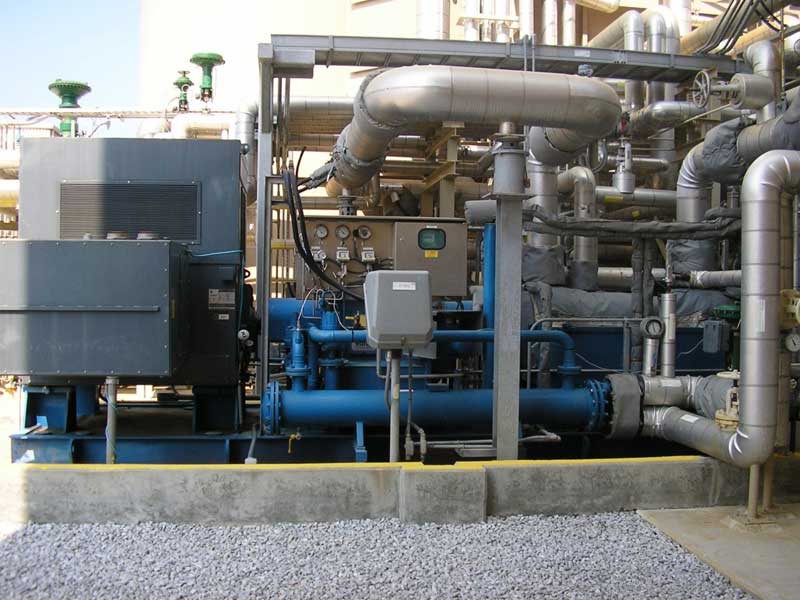
If you have never heard of heat rate before, don’t worry, you aren’t alone. Heat rate is a rather uncommon term (unless you happen to work within the power industry) that is used to describe how effective a system is by comparing the amount of energy per hour put into a system to the amount of usable power or work done by the system. Or, if shown as an equation:

If you wanted to look at the same equation with the scientific units, it would be:

So, why should you care about heat rate? Well, for individuals in the power industry, it gives them an indication of how efficiently a specific power plant is operating and it is seen as a useful indicator for when a power system isn’t operating as expected. The technical details that these individuals are concerned with, including conversion factors, heat rate deviation, and cost of heat rate deviation, can be found over at TTS’s Industrial Wiki page, Heat Rate Basics.

For the rest of us, understanding heat rate can provide a number of benefits. For some individuals, it can provide insight into how their monthly electric bill is calculated. Depending on where you live and who provides your electricity, heat rate may figure directly into the calculation used to determine your monthly bill.
![]()
Another interesting use of heat rate is for understanding information put out by the Energy Information Administration in the United States. This organization generates a yearly report comparing the heat rate of the main sources of electrical power generation and the fuels they burn. This is important information to understand when discussing the efficiency of different types of power generation and making smart choices as a consumer.
To learn more about heat rate, read the information on our Industrial Wiki and be sure to check out our Free module of the month, Heat Rate Basics, both available through the new odesie® site at www.myodesie.com.

